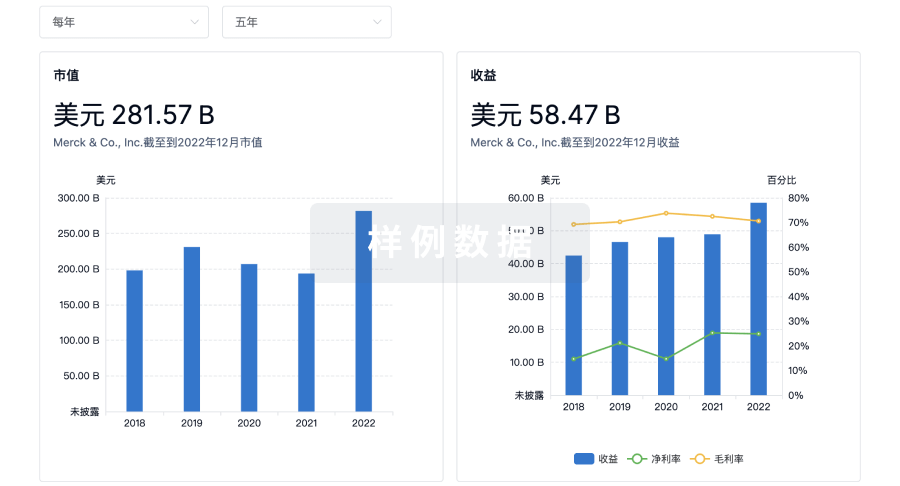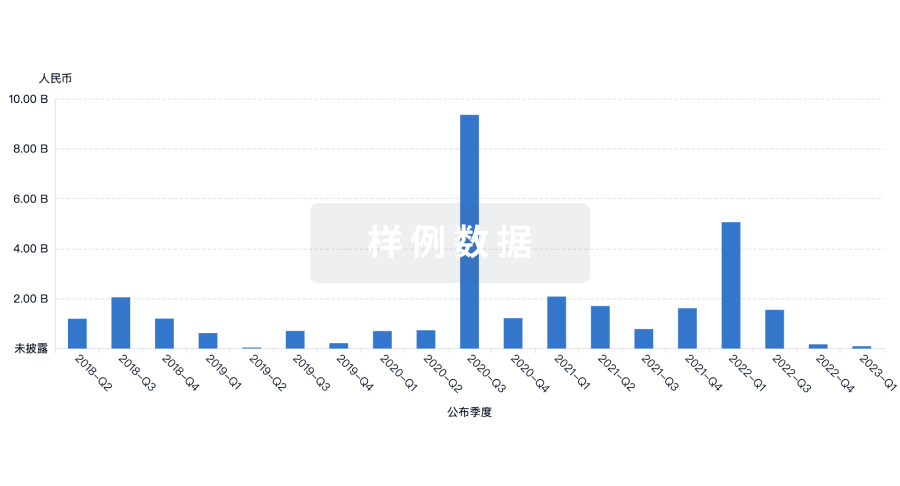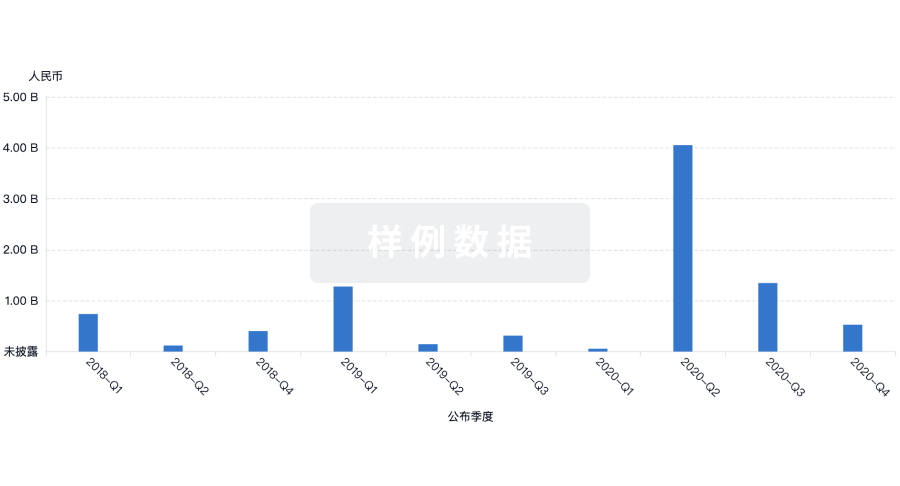预约演示
更新于:2025-09-09

I-Shou University
更新于:2025-09-09
概览
标签
消化系统疾病
皮肤和肌肉骨骼疾病
小分子化药
关联
2
项与 义守大学 相关的药物作用机制 CDK4抑制剂 [+1] |
在研机构 |
原研机构 |
最高研发阶段批准上市 |
首次获批国家/地区 美国 |
首次获批日期2015-02-03 |
11
项与 义守大学 相关的临床试验NCT03848260
A Real-Time Magnetic Device Prototype for Management of Paralytic Lagophthalmos
To develop a real-time wearable device based on the principle of magnetic force for temporary management of lagophthalmos, and evaluate its efficacy and safety, including synchronous blinks and eye closure, blurred vision, foreign body sensation over cornea or eyeball, burning or hot sensation over facial skin, and erythema or pruritus over eyelid, by performing a human trial on patients with lagophthalmos.
开始日期2026-08-01 |
申办/合作机构 义大医疗财团法人义大医院 [+3] |
NCT06489938
Effect of Mirror Therapy Combined With Task- vs. Impairment-oriented Rehabilitation Program in Individuals With Stroke
The goal of this clinical trial is to examine the effects of mirror therapy combined with task- vs. Impairment-oriented rehabilitation programs as novel hybrid approaches in individuals with stroke. Participants will receive mirror therapy combined with the task-oriented rehabilitation program (MTT), mirror therapy combined with the impairment-oriented rehabilitation program (MTI), or task-oriented rehabilitation program combined with the impairment-oriented rehabilitation program (TI) 90 minutes per day, three days per week, for six weeks.
开始日期2024-07-01 |
申办/合作机构 |
NCT05207319
Effects of Integrated Moral Reasoning Development Intervention for Management of Violence in Schizophrenia: A Randomized Controlled Trial
Moral cognition is an important and multidimensional, but often overlooked, determinant of violence. Very few interventions have systematically examined the role of moral reasoning, anger management and problem-solving together in violence. A randomized controlled trial was conducted to comprehensively evaluate the sustained effects of an integrated Moral Reasoning Development Intervention (MRDI) on management of repetitive violence in schizophrenia. This study placed special emphasis on essential components related to moral reasoning and violence in patients with schizophrenia. Evaluations including measures of violence, moral reasoning, ethical valuation and judgement, decision-making, conflict management style, and personality traits, were performed at baseline, end of intervention, and 1-month follow-up after intervention. MRDI was superior to treatment-as-usual in improving moral reasoning and related variables and violence outcomes. In comparison with the treatment-as-usual group, patients in the MRDI group showed improved levels of moral reasoning whereas decreased levels of violent behaviors. The MRDI participants also experienced significantly greater improvements or changes in their ethical valuation and judgement, decision-making style and preferences, and conflict management style. Our findings provide important implications for risk assessment and violence management and prevention.
开始日期2019-09-01 |
申办/合作机构 |
100 项与 义守大学 相关的临床结果
登录后查看更多信息
0 项与 义守大学 相关的专利(医药)
登录后查看更多信息
6,077
项与 义守大学 相关的文献(医药)2025-12-31·CANCER BIOLOGY & THERAPY
Article
作者: Hsu, Hui-Ping ; Hung, Wen-Chun ; Tsai, Hui-Jen ; Chang, Tsung-Ming ; Huang, Kuo-Wei ; Lin, Hui-You ; Jiang, Shih Sheng ; Fang, Wei-Yu ; Chu, Pei-Yi
PCK2, which encodes mitochondrial phosphoenolpyruvate carboxykinase (PEPCK-M), is upregulated in various cancers. We demonstrated high expression of PEPCK-M in approximately half of triple-negative breast cancers (TNBCs) previously. TNBC is associated with an aggressive phenotype and a high metastasis rate. In this study, we investigated the role of PCK2 in TNBC. PCK2 knockdown suppressed proliferation and mTOR signaling in TNBC cells. In addition, cell invasion/migration ability and the expression of epithelial-to-mesenchymal transition (EMT) markers were positively correlated with PCK2 expression in TNBC cells via regulation of transforming growth factor-β (TGF-β)/SMAD3 signaling. SMAD3 was positively regulated by PCK2 in TNBC cells. Knockdown of SMAD3 in PCK2-overexpressing TNBC cells reduced the expression levels of EMT markers, Snail and Slug, and suppressed cell invasion/migration. In addition, PCK2 knockdown attenuated the stimulatory effect of TGF-β on SMAD3 phosphorylation in TNBC cells. PEPCK-M promotes the protein and mRNA expression of SMAD3 via competitive binding to tripartite motif-containing 67 (TRIM67), an E3 ubiquitin ligase, to reduce SMAD3 ubiquitination, which leads to promoting nuclear translocation of SMAD3 and autoregulation of SMAD3 transcription. Moreover, high PCK2 mRNA expression was significantly associated with poor survival in TNBC patients. In conclusion, our study revealed for the first time that PCK2 activates TGF-β/SMAD3 signaling by regulating the expression and phosphorylation of SMAD3 by inhibiting TRIM67-mediated SMAD3 ubiquitination and promoting the stimulatory effect of TGF-β to promote TNBC invasion. The regulatory effect of PCK2 on mTOR and TGF-β/SMAD3 signaling suggests that PCK2 is a potential therapeutic target for suppressing TNBC progression.
2025-12-31·CyTA-Journal of Food
Oligonol®, an oligomerized polyphenol from
Litchi chinensis
extract, enhances cisplatin sensitivity and inhibits invasion in bladder cancer cells by the TNF-α/NF-κB/Snail pathway
作者: Chang, Sue-Joan ; Huang, Ching-Yu ; Chang, Yun-Ching ; Lin, Hung-Yu ; Chen, Yu-Chi
Oligonol (Olg) is an oligomerized polyphenol with a higher bioavailability and exhibits excellent antioxidant and anti-inflammatory properties.However, the effects and underlying mechanisms of Olg on bladder cancer are still largely unknown.The current study found that Olg markedly reduced the viability of bladder cancer cells through the induction of caspase-dependent apoptosis while exhibiting no noticeable toxicity to normal bladder cells.Combining Olg and cisplatin resulted in a synergistic cytotoxic effect on bladder cancer cells.Olg also inhibited cell migration and invasion by affecting the expression of E-cadherin, Snail, N-cadherin, and vimentin.These effects of Olg were significantly weaker in the NF-κB silencing cells, revealing that Olg may inhibit cell viability and motility by modulation of the TNF-α/NF-κB/Snail pathway in human bladder cancer cells.Olg acts against cancer cells and enhances cisplatin chemotherapy, and it holds great potential as an anticancer drug or complementary medicine for bladder cancer.
2025-12-31·ANNALS OF MEDICINE
Assessment of psychological health effects of nurses during 2022–2023 of the COVID-19 pandemic: a descriptive study in Southern Taiwan
Article
作者: Chang, Chen-Lin ; Chen, Yi-Qian ; Chu, Tian-Huei ; Ho, Yu-Cheng ; Wu, Cheng-Chun ; Kuo, Ching-Hui ; Lee, Yung-Kuo ; Ko, Chou-Yuan ; Wu, Chi-Jen ; Lin, Hui-Ru ; Ho, Hsin-Yun ; Chuang, Cheng-Hsin
BACKGROUND:
Nurses on the frontlines of the pandemic have increased workloads, burnout, and virus exposure, leading to mental health challenges and a lack of resources for patient care. Mental health support for nurses during the COVID-19 outbreak has become a priority. This study evaluated psychological health outcomes of among nurses during the 2022-2023 COVID-19 pandemic in Taiwan, focusing on personal and work-related fatigue as key contributors to emotional distress.
METHODS:
A cross-sectional questionnaire was distributed to 200 nurses in a southern Taiwan hospital between 2022 and 2023. Emotional distress and mental health were assessed using the BSRS-5 (Brief Symptom Rating Scale) and CHQ-12 (Chinese Health Questionnaire). Correlation and regression analyses were conducted to identify factors influencing emotional distress and mental health outcomes.
RESULTS:
Nurses aged 40-59 (52.85, p = 0.01), those in emergency departments (56.71, p = 0.001), and those caring for COVID-19 patients (50, p = 0.007) reported higher personal exhaustion. Significant differences in work-related fatigue levels were observed based on working environments (52.78, p < 0.001), no beliefs regarding religion (46.53, p = 0.036), care for COVID-19 patients (47, p < 0.001) and previously diagnosed with COVID-19 (46.58, p = 0.005). Key factors influencing emotional distress included marital status, number of children, and workplace (p < 0.05), while mental health variations were noted in age, marital status, number of children, workplace, and years of experience (p < 0.05). During the COVID-19 pandemic, nurses' emotional distress and mental health were significantly correlated with specific stressors such as age, workplace, care for confirmed COVID-19 patients, and previous COVID-19 diagnoses (p < 0.001).
CONCLUSIONS AND IMPLICATIONS FOR NURSING MANAGEMENT:
This study highlights the stressors affecting nurses' mental health during the 2022-2023 COVID-19 pandemic, emphasizing the need for stress-specific mental health support. Understanding these stress-specific factors is important for figuring out what nurses need to improve their mental health, which can lead to better care for patients.
100 项与 义守大学 相关的药物交易
登录后查看更多信息
100 项与 义守大学 相关的转化医学
登录后查看更多信息
组织架构
使用我们的机构树数据加速您的研究。
登录
或

管线布局
2025年12月08日管线快照
管线布局中药物为当前组织机构及其子机构作为药物机构进行统计,早期临床1期并入临床1期,临床1/2期并入临床2期,临床2/3期并入临床3期
临床前
2
登录后查看更多信息
当前项目
| 药物(靶点) | 适应症 | 全球最高研发状态 |
|---|---|---|
哌柏西利 ( CDK4 x CDK6 ) | 皮炎 更多 | 临床前 |
Licochalcone D | 非酒精性脂肪性肝炎 更多 | 临床前 |
登录后查看更多信息
药物交易
使用我们的药物交易数据加速您的研究。
登录
或

转化医学
使用我们的转化医学数据加速您的研究。
登录
或

营收
使用 Synapse 探索超过 36 万个组织的财务状况。
登录
或

科研基金(NIH)
访问超过 200 万项资助和基金信息,以提升您的研究之旅。
登录
或

投资
深入了解从初创企业到成熟企业的最新公司投资动态。
登录
或

融资
发掘融资趋势以验证和推进您的投资机会。
登录
或

生物医药百科问答
全新生物医药AI Agent 覆盖科研全链路,让突破性发现快人一步
立即开始免费试用!
智慧芽新药情报库是智慧芽专为生命科学人士构建的基于AI的创新药情报平台,助您全方位提升您的研发与决策效率。
立即开始数据试用!
智慧芽新药库数据也通过智慧芽数据服务平台,以API或者数据包形式对外开放,助您更加充分利用智慧芽新药情报信息。
生物序列数据库
生物药研发创新
免费使用
化学结构数据库
小分子化药研发创新
免费使用


